How to Choose the Best Food Mill for Your Needs
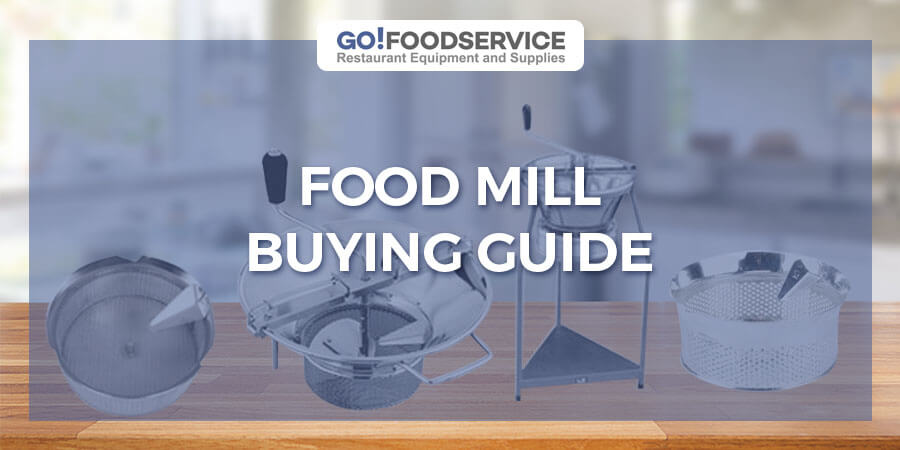
If you’re looking to save time and elbow grease in your restaurant or commercial kitchen, then purchasing a food mill is one of the best decisions you can make. These small tools pack a big punch when it comes to food prep. Food mills give you the power to streamline pureeing and mashing, giving you delectable vegetables and fruit dishes in a matter of minutes. Food mills can even separate skins and seeds from purees, leaving you with a silky-smooth product!
Usually, the best food mills for restaurants are dedicated electric commercial food mills. But food mills come in all shapes, sizes, and types, including small hand-crank manual food mills designed for compact applications or home use. Ready to learn all there is to know about the mighty food mill in order to choose the right one for your needs? Read on!
How Do Food Mills Work?
Food mills come in a variety of shapes and sizes but their general use is the same. With either manual cranking or an electric motor, food mills forcefully crush soft foods and force them through a series of perforated plates.
Plates, sometimes also referred to as discs, are interchangeable and allow for varying thicknesses of the end product. This ultimately separates the solid parts of the fruit and vegetables (like the seeds and skin) and collects all of the more desirable parts like the bulk of a potato or fruit juices.
Food Mill vs. Sieve
A food mill may sound very similar to a strainer or sieve but their end result is quite different. Sieves only give you the bare minimum of juice, and the fruit or vegetable must first be broken down to collect it. On the other hand, food mills bring all the muscle and do the breaking down for you. Food mills are great for things like mashed potatoes and thick tomato juices whereas a sieve is good for draining pasta or creating a pulp.
Key Differences Between Manual Food Mills And Electric Food Mills
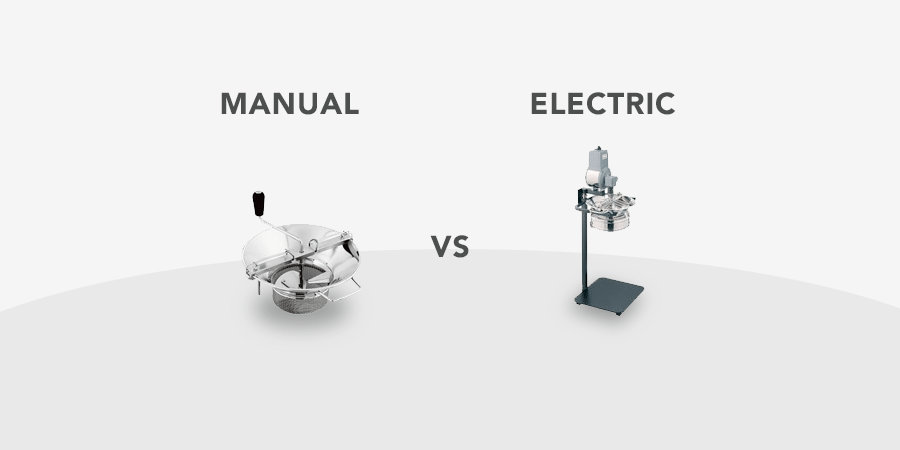
There are three things to consider when shopping for food mills:
- What will it be used for?
- How much space do you have?
- What is your budget?
Manual Food Mills
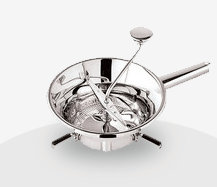
Manual food mills are typically much smaller than electric food mills, but they require more time and effort. The user must manually crank the handle to move food through the plates. If your restaurant will be doing mostly small batches, a manual food mill is a budget-friendly option that takes up little space.
Electric Food Mills
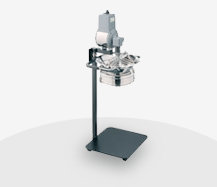
On the other hand, if your commercial kitchen is going to be doing large batches of food like mashed potatoes or purees, then an electric food mill may be in your best interest.
Electric food mills have a motor that continually moves food through the machine at a much faster rate than a human can crank by hand. For example, an electric food mill can process more than 200 pounds of bread crumbs in an hour while a manual food mill will only process about three pounds.
Electric food mills are larger and they carry a higher price tag than manual food mills, but they’ll save you substantial time and labor costs if your commercial kitchen demands large amounts of ground fruits and vegetables or juiced foods. For instance, a heavy-duty electric food mill is often the best food mill for tomato sauce, mashed potatoes, and anything else your kitchen will be making in bulk.
Regardless of which type of food mill you opt for, it will likely be made of stainless steel. Occasionally you may find a food mill made of tinned steel. The majority of restaurants, hotel kitchens, and the like are equipped and well-versed in cleaning and maintaining stainless steel which is what makes stainless steel food mills the most popular option. They’re incredibly durable, easily sanitized, and they can withstand the demands of your busy kitchen.
Food Mill Grids & Sieves
People shopping for food mills often search the web for queries such as “What’s the best food mill for mashed potatoes?” or “What’s the best food mill for blackberries?”
While any food made in a high volume can benefit from an electric food mill rather than a manual one just due to the convenience of the former compared to the latter, the truth is that the type of food mill has less of an impact on the quality of the final product than the actual food mill plate used.
Take making applesauce in bulk, for instance. If you’re looking for the best food mill for applesauce, choosing an electric one will save you hours of time and effort. But the actual texture of the mash or puree created isn’t a result of which type of food mill you choose, but rather, the size of the grinding disc you use. Below, you’ll find the most common food mill disc sizes and some of the common foods they’re used to make:

1 mm (3/64") - Works well for syrups & juices.
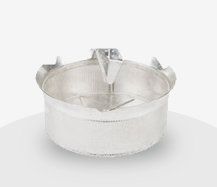
1.5 mm (1/16") - Works well for purees, soups, and sauces.

2 mm (3/32") - Works well for mashed potatoes & other mashed vegetables.
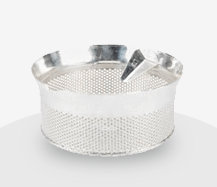
3 mm (1/8") - Works well for overall mashing.
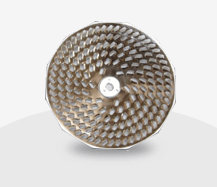
4 mm (3/16") - Works well with stringy vegetables.
Other Things To Consider Before Purchasing A Food Mill
If you’re leaning towards a manual food mill, you’ll find it beneficial to have a food mill with a handle that allows the user to keep it steady with one hand while operating the crank with the other. There are also models available that have hooks to attach to a bowl during grinding so that the food particles are caught. These features are simply for convenience of course, but a little convenience can go a long way!
If you’re looking for the best electric food mill, you’ll want to consider both size and power as well as the number and type of plates provided. For instance, the best electric food mill for tomatoes will be powerful but also include a 2mm disc among the selection of interchangeable discs that it should come with as standard.
Whichever type of food mill you decide to go with, you can expect to yield excellent results that will keep kitchen staff and customers happy!
Share This!